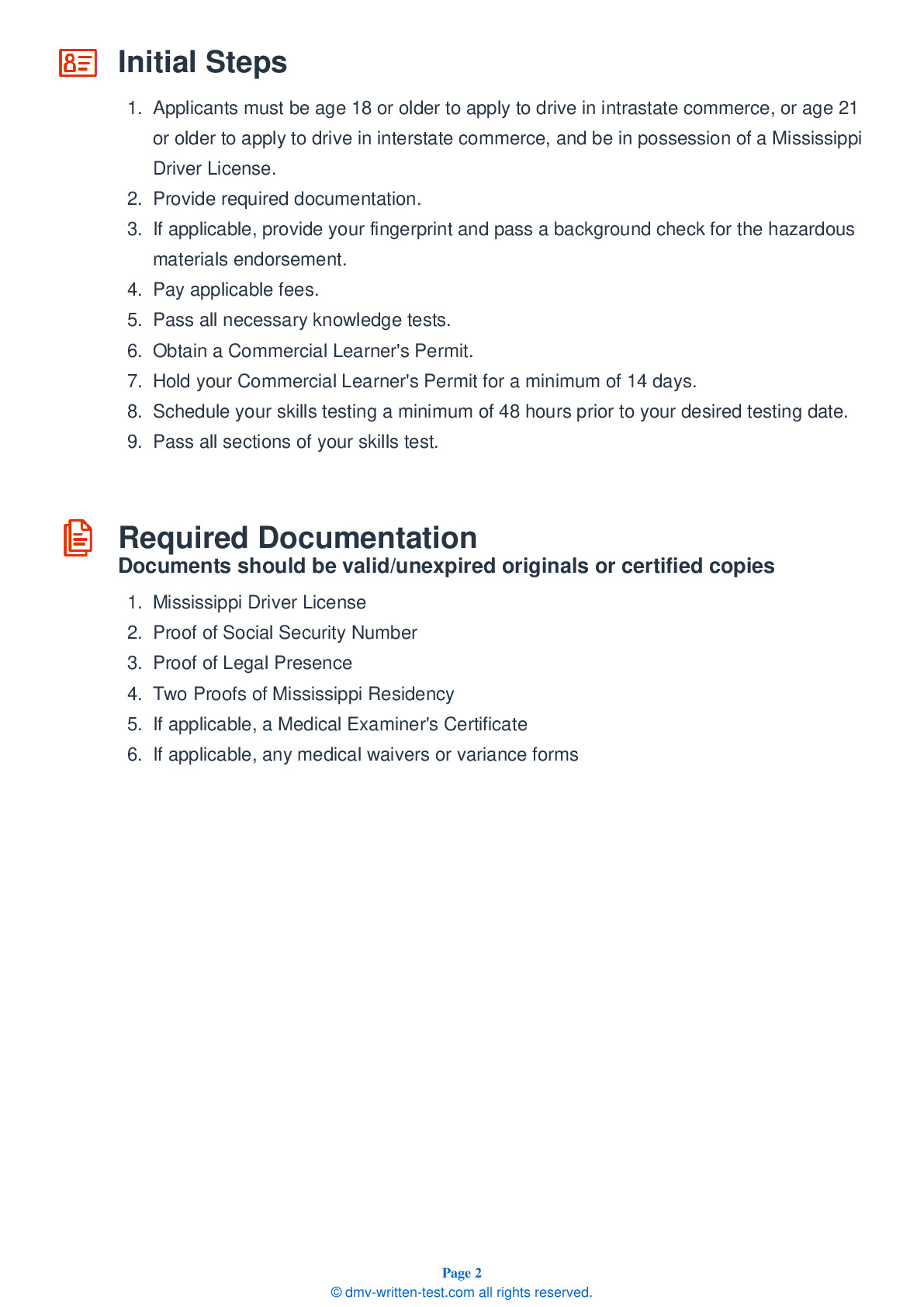Combination
All applicants who are applying for a Class A CDL should be prepared to take the Combination test. This test covers information found in Section 6 of the Commercial Driver License Manual. Section 6 provides the information needed to safely operate tractor-trailers, doubles, triples, and straight trucks with trailers. The test is made up of 20 multiple-choice questions, and applicants will need to correctly answer a minimum of 16 questions to pass. The Combination test is not a replacement for the Double/Triple endorsement test.
Number of Question
Passing Score
8. To control surge when stopping, you should not:
Explanation
To reduce the risk of a surge in a tank vehicle, slow or stop while keeping a steady pressure on the brakes and do not release the brakes too early. Brake well in advance of a stop and increase your following distance.
9. A tractor protection valve is:
Explanation
On combination vehicles with air brakes, the tractor protection valve keeps air in the tractor or truck brake system, should the trailer develop a bad leak or break away from the tractor.
10. The best way to recognize that your trailer has begun to skid is by:
Explanation
The earliest and best way to recognize the beginnings of a trailer skid is by seeing the trailer veer off-course in your mirrors.
11. If a load is placed on one side of a trailer, the trailer:
Explanation
If the weight of a load is placed primarily one side of a trailer, the trailer may lean, increasing the risk of a rollover.
12. A tractor protection valve:
Explanation
A tractor protection valve keeps air in a tractor or truck air brake system should the trailer break away or develop a bad leak. The valve will close automatically if the pressure drops to an unsafe level.
13. The "crack-the-whip" effect can:
Explanation
Trailers can overturn as a result of the "crack-the-whip" effect. The last trailer in a combination is the most prone to tip over due to this effect. Drivers should be aware of the rearward amplification of their specific vehicles and drive accordingly.
14. A trolley valve:
Explanation




